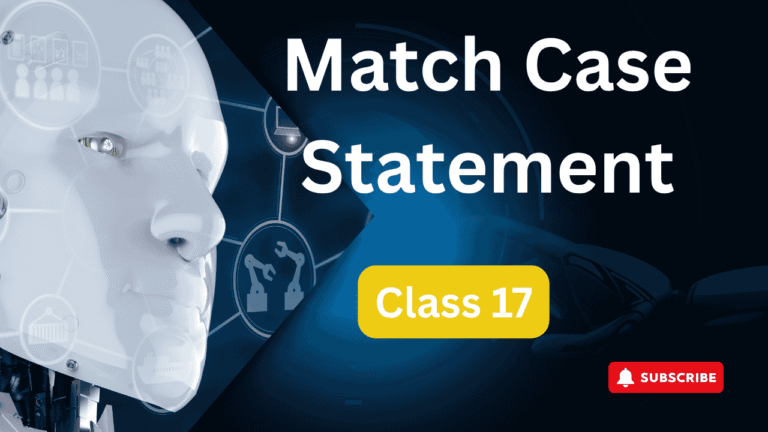Programming languages, and types. what is compiler and interpreter. what is platform independent and why python hybrid programming language. why python general purpose
💻 What is a Programming Language?
A programming language is a formal system of rules and syntax used to write instructions that computers can execute. It serves as an interface between human logic and machine operations, enabling developers to create software, scripts, and applications.
📚 Types of Programming Languages
Programming languages are classified based on their abstraction level and execution method:
By Abstraction Level
| Type | Description | Examples |
|---|---|---|
| Low-Level | Direct hardware control (difficult to read) | Machine Code, Assembly |
| Mid-Level | Balances hardware access & readability | C, C++ |
| High-Level | Human-friendly, abstracted from hardware | Python, Java, JavaScript |
Export to Sheets
By Execution Method
| Type | How It Works | Examples |
|---|---|---|
| Compiled | Entire code converted to machine language before execution | C, C++, Go |
| Interpreted | Code translated line-by-line during runtime | Python, JavaScript, Ruby |
| Hybrid | Compiles to intermediate code, then interpreted | Java, Python, C# |
Export to Sheets
🆚 Compiler vs. Interpreter
| Feature | Compiler | Interpreter |
|---|---|---|
| Execution | Converts entire code upfront | Translates line-by-line |
| Speed | Faster execution (optimized) | Slower (no pre-optimization) |
| Debugging | Harder (errors after compilation) | Easier (errors at runtime) |
| Output | Standalone executable file | No executable; runs source |
| Examples | C, C++, Rust | Python, Ruby, PHP |
Export to Sheets
🌐 What is Platform Independence?
A language is platform-independent if its code can run on any operating system (Windows, macOS, Linux) without modification.
How It Works
- Step 1: Code is compiled into bytecode (e.g., Java →
.class, Python →.pyc). - Step 2: Bytecode runs on a Virtual Machine (VM) (e.g., JVM for Java, PVM for Python), which handles OS-specific operations.
Examples: Java (“Write Once, Run Anywhere”), Python, C#.
🔄 Why Python is a Hybrid Language
Python uses both compilation and interpretation:
- Compilation:
.pyfiles are compiled to bytecode (.pyc) for efficiency. - Interpretation: The Python Virtual Machine (PVM) executes the bytecode line-by-line.
Advantages:
- Portability (works on all OSes without recompilation).
- Faster execution than pure interpretation (bytecode is optimized).
- Easier debugging (errors are caught during runtime).
🎯 Why Python is General-Purpose
Python is not limited to specific domains and can be used for a wide array of applications:
| Domain | Applications | Key Libraries |
|---|---|---|
| Web Development | Backend servers, APIs | Django, Flask, FastAPI |
| Data Science/ML | Analysis, ML, visualization | Pandas, NumPy, Matplotlib |
| AI/ML | Neural networks, NLP | TensorFlow, PyTorch |
| Automation | Scripting, DevOps | Selenium, PyAutoGUI |
| Game Dev | 2D/3D games | Pygame, Panda3D |
| Desktop GUI | Cross-platform apps | Tkinter, PyQt |
Export to Sheets
Key Reasons for Python’s Versatility:
- Simple Syntax: Easy to read and write (resembles English).
- Cross-Platform: Runs on Windows, macOS, Linux.
- Rich Libraries: 200,000+ packages on PyPI (Python Package Index).
- Multi-Paradigm: Supports OOP, functional, and procedural styles.
- Community Support: Massive global community for troubleshooting.
🚀 Fun Fact: Python powers YouTube, Instagram, NASA, and Netflix’s recommendation engine!
📝 Summary Table
| Concept | Key Point |
|---|---|
| Programming Language | Human-readable instructions for computers. |
| Compiler | Converts entire code to machine language before execution. |
| Interpreter | Translates code line-by-line at runtime. |
| Platform Independent | Code runs on any OS without changes (thanks to bytecode + VM). |
| Hybrid Language | Combines compilation (to bytecode) and interpretation. |
| General-Purpose | Suitable for web, data, AI, automation, and more. |
Export to Sheets



